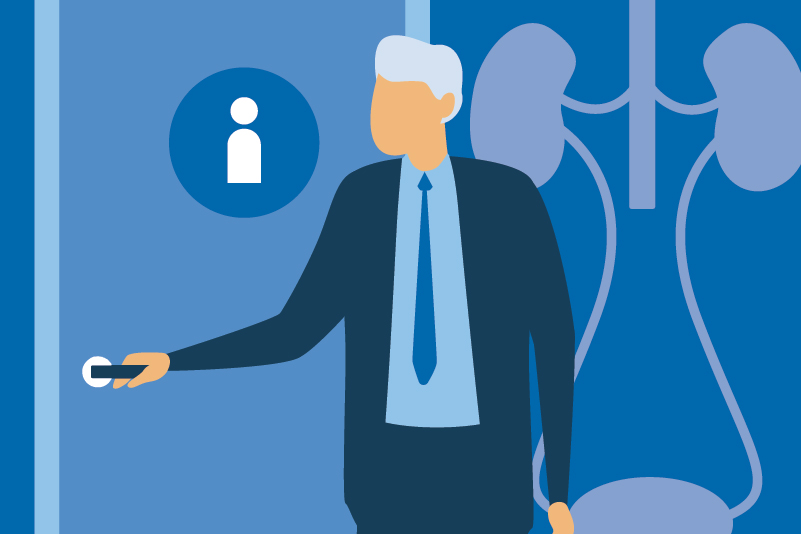#54 Overactive bladder, urge incontinence and anticholinergic drugs

Reading Tools for Practice Article can earn you MainPro+ Credits
Join NowAlready a CFPCLearn Member? Log in
- Systematic review,2 61 trials, 11,956 patients, comparing anticholinergic drugs like oxybutynin (Ditropan®) and tolterodine (Detrol®) to placebo, statistically significant difference:
- Patient reported cure or improve: 55.6% anticholinergic versus 41% placebo, Number Needed to Treat (NNT)=7.
- Anti-cholinergic reduced leaks 0.58/day better than placebo.
- Anti-cholinergic reduced micturitions 0.64/day better than placebo.
- Dry mouth was more common with anticholinergic (30.9% versus 9.8%).
- Withdrawal due to adverse events not different.
- Patient reported cure or improve: 55.6% anticholinergic versus 41% placebo, Number Needed to Treat (NNT)=7.
- Recent systematic review found similar.3
- Reviews comparing anticholinergic and other drugs:
- Comparing anticholinergics (i.e. oxybutynin versus tolterodine):4
- Oxybutynin: more dry mouth (Number Needed to Harm (NNH)=6) and withdrawal (NNH=20).
- No difference in incontinence outcome.
- Extended versus immediate release formulations offer no advantage except perhaps less dry mouth.4
- Reviews by the Canadian Expert Drug Advisory Committee found:
- Darifenacin (Enablex®): No consistent difference to oxybutynin or tolterodine.5
- Solifenacin (Vesicare®): Less dry mouth than oxybutynin and some inconsistent results compared to tolterodine, showing possible worsening constipation but small improvements in incontinence symptoms.6
- Comparing anticholinergics (i.e. oxybutynin versus tolterodine):4
- Guidelines recommend confirming if a urinary tract infection (and treating as necessary), caffeine reduction and weight reduction, supervised bladder training, and anti-cholinergic bladder medications as needed.7
- All anticholinergic treatments increase the risk of constipation:
- Comparisons are limited but tolterodine appears to have the lowest risk.8














